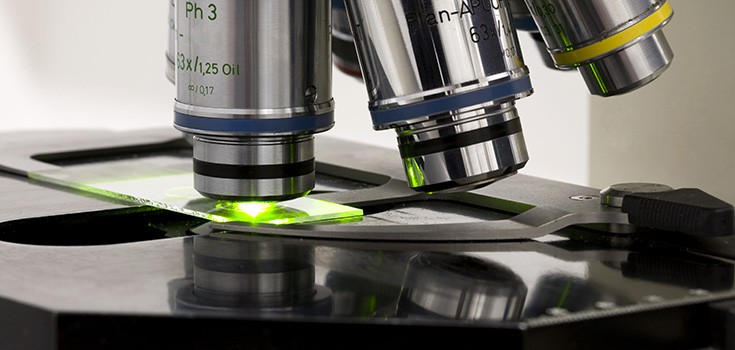FDA Targets Nanoparticles in Food, Appliances Over Health Risks

Although not known by many people, a number of companies and manufacturers are actually using tiny, engineered particles in consumer products, food, and even clothing. These particles are called nanoparticles, which can cross the blood-brain barrier and cause potential bodily harm. Due to the questionable safety of nanoparticles, regulators are proposing that any company or manufacturer that wants to use nanoparticles in packaging has to prove products are safe through additional testing.
Nanoparticles Usage in Food to Undergo Additional Scrutiny
According to the Project on Emerging Nanotechnologies (PEN), over 1,300 manufacturer nanotechnology-enabled products are in the global commercial marketplace. Nanoparticles can be found in car batteries, appliances, aluminum foil, non-stick cookware, and is especially present in health and fitness items. The Food and Drug Administration, though, has recently issued new trial guidelines for nanoparticle users.
“At this point, in terms of the science, we think it’s likely the exemption does not apply and we would encourage folks to come in and talk to us…This is an emerging, evolving technology and we’re trying to get ahead of the curb to ensure the ingredients and substances are safe,” said Dennis Keefe, director of FDA’s office of food additive safety.
Nanotechnology is much like organism-based biotechnology, where even supporters of the technologies know there needs to be more long term testing to determine safety. Like genetically modified foods, nanoparticles are being warned against solely based on the lack of thorough safety (in addition to the known complications). Similarly, nanotechnology is believed by some to be the ‘next industrial revolution’, but like genetically modified foods, it has never been proven totally safe for use or consumption.
One study published in the journal Nature titled “Oral exposure to polystyrene nanoparticles affects iron absorption” found that intestinal changes affecting iron absorption occur due to polystyrene nanoparticles. They also expect to see an alteration in absorption of calcium, copper, zinc, and vitamins A, D, E, and K. Another study conducted in 2004 found that nanoparticles cause brain damage in fish and other aquatic species.
The FDA will take comments on the proposal for 90 days, but there is no deadline for the finalization of the documents.

Is there the same problem with taking colloidal silver that is made into nano-particle size?
It would seem to me that it has more to do with what the nano-particle is made of not so much the size.
Nano particles on food? Are these sediments from the manufacturing line or food production machines? It sounds very risky for human consumption.